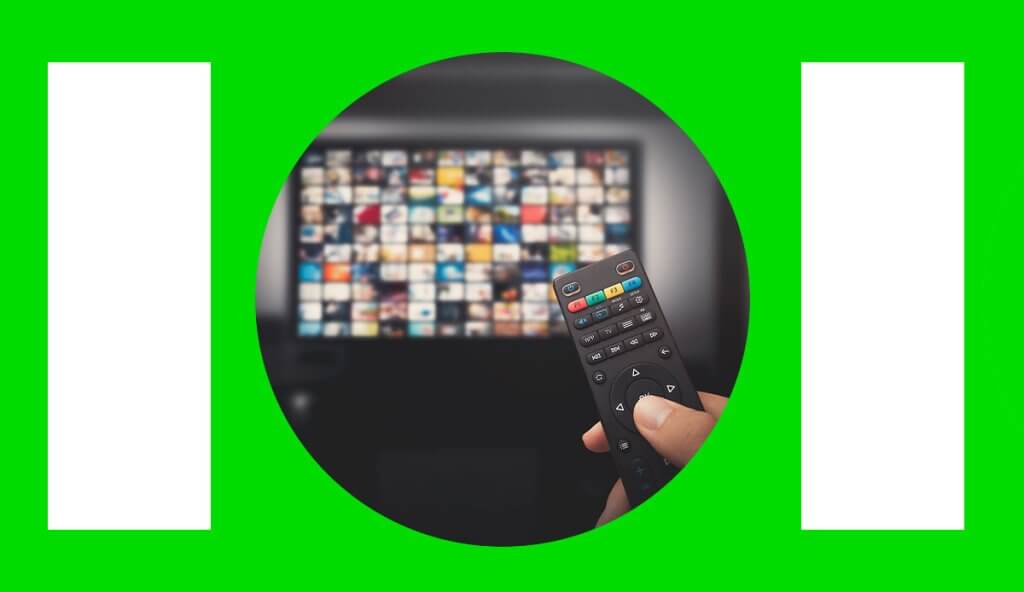How to target Holiday shoppers with Connected TV

Traditionally, linear TV has been regarded as a brand awareness channel. Connected TV offers marketers the advantage of fulfilling brand awareness KPIs, with performance and digital capabilities. CTV is a valuable medium for mobile marketers who are looking to fulfill KPIs such as app installs and ROAS. For retailers or any brand that relies on the Holiday Shopping period to fulfill their annual targets, CTV is a channel not to be overlooked. Why? One of the many benefits is the ability to run both broad and highly specific targeting. So depending on KPIs CTV can offer the chance to reach many different types of audiences, and see the results quickly.
Keep in mind there are different types of holiday shoppers, for example:
- On-the-fly shoppers are shopping throughout the season and advertisers are starting to influence them now.
- Early shoppers may have already started shopping as fall stars.
- Last-minute shoppers haven’t decided on their gifting yet and are likely to scramble for ideas at the last minute.
Here are some targeting solutions that are possible via CTV and enable advertisers to reach different audiences.
Tactical Targeting Options
There are multiple targeting strategies available for marketers utilizing CTV to reach audiences. Depending on marketing goals you could look at strategies such as;
Demographic Segments:
It is possible to target CTV viewers on demographic data such as age, gender, income, household mix etc. Advertisers should have a clear understanding of who their target audiences are and therefore be able to target based on the profiles they have of the customers they want to reach. According to GWI, in the USA 44.3% of CTV audiences are between the ages of 16 to 44 years old, with each generation requiring different messaging and creative, all of which require a thorough testing plan to ensure learnings can be gathered.
Geo-Targeting:
With CTV marketers can target down to a household level due to IP address, which means advertisers can identify broad regions such as cities or narrower groups eg zip codes. Local businesses or brick-and-mortar retailers can take advantage of this if they know the average travel time to their stores or have a very localized message to land. It also enables advertisers to run geo-based incrementality tests, which is a great way to measure the halo effect of CTV advertising.
“Creative that drives people into store could help make a difference for brick-and-mortar retailers, so brands should run geotargeting lift studies to see the impact of CTV on the footfall.”
Ashley Parducci, tvScientific
Behavioral Targeting:
Both online and offline behavior can be utilized for targeting on CTV campaigns. Examples of offline behavior that could be used to target CTV campaigns include; in-store visits using location data from mobile devices, purchase history, direct mail responses, event attendance, loyalty programs etc.
Online behavioral targeting signals can come from a wide range of sources, such as website visits, search queries, app usage, social media engagement, online purchases, online surveys, content downloads, and engagement, online event registrations etc.
CTV providers can layer on 1st party behavioral segments, be that past viewing data and subscriptions, as well as 3rd party segments from large providers like Lotame and BlueKai.
Contextual Targeting:
Automatic Content Recognition (ACR) enables marketers to understand what people are watching and therefore serve ads contextually. For example, if someone is watching a TV show such as ‘Million Dollar Listing’ a home decor brand could serve relevant advertising around this content. It also allows for conquesting and sequential targeting through tracking what commercials a user has seen, either from a competitor or a brand’s own linear TV ad.
Device Targeting:
Understanding the device viewers are watching on enables targeting depending if it is a SmartTV, a streaming device eg Roku or Amazon Fire TV, a tablet or a gaming console. Each will have a unique audience profile and creative capabilities which should be considered.
Retargeting:
Showing ads to users who have previously seen ads, or interacted with a brand via a website, app etc. Retargeting can be an effective way to reengage people who have downloaded an app but lapsed from using it.
Lookalike Audiences:
Building audience segments that have similar interests or characteristics to existing customers and then using CTV to find similar people can be a way to find incremental audiences.
First-party Data:
The more first-party data available for use, the more personalized the advertising can be. For example, Roku gathers data such as mobile phone numbers which enables cross-device targeting, leading to more direct and measurable campaign impact.
Dayparting:
Marketers should have a very thorough understanding of customer habits and interests, which will therefore enable testing of running campaigns when people are most likely to engage. For example, a CPG company may want to showcase a breakfast product in the morning and a dessert product in the evenings.
Frequency Caps:
Though ensuring your message reaches people enough times to land messaging it is important to not overtarget and annoy people through frequency capping. This also ensures that a media budget is not wasted on people who have already engaged, or are not likely to engage and instead is focused on those who are more likely to convert.
Sequential Messaging:
This is an interesting tactic that enables advertisers to show campaigns in a specific sequence, which therefore allows them to tell a story or ensure a series of messages are delivered in an order that will grow engagement. Many brands start with overall brand awareness content and messaging and then follow up with a specific product ad based on other targeting indicators such as behavioral signals. The best sequential messaging strategy considers all channels and touchpoints and considers the user journey across CTV, mobile, and desktop.
Interactive and Shopping ads:
Shoppable ads can reduce friction in the path to purchase. Roku ActionAds is an example of interactivity that enables people to buy directly from a Shopify merchant through Roku. The journey aims to simplify the purchase, when a viewer sees an ad for a Shopify Merchant, they can press OK on their remote and purchase direct from their TV. Payment and shipping details are prepopulated using first-party data from Roku Pay. Once the purchase has been made, the viewer returns to streaming and receives an email confirmation of the purchase from the merchant.
Summary
Savvy marketers will structure their CTV campaigns with multiple targeting types running in tandem to learn which tactics drive success; through this method, audience targeting becomes increasingly effective as you increase investment in the best-performing line items. A thorough testing plan helps growth marketers make use of data sources coming from a variety of places, such as website analytics, CRM/first-party data, and other third-party sources to maximize success.
Further Reading
Performance Power Players; Ashley Parducci from tvScientific on CTV and Holiday Shopping

